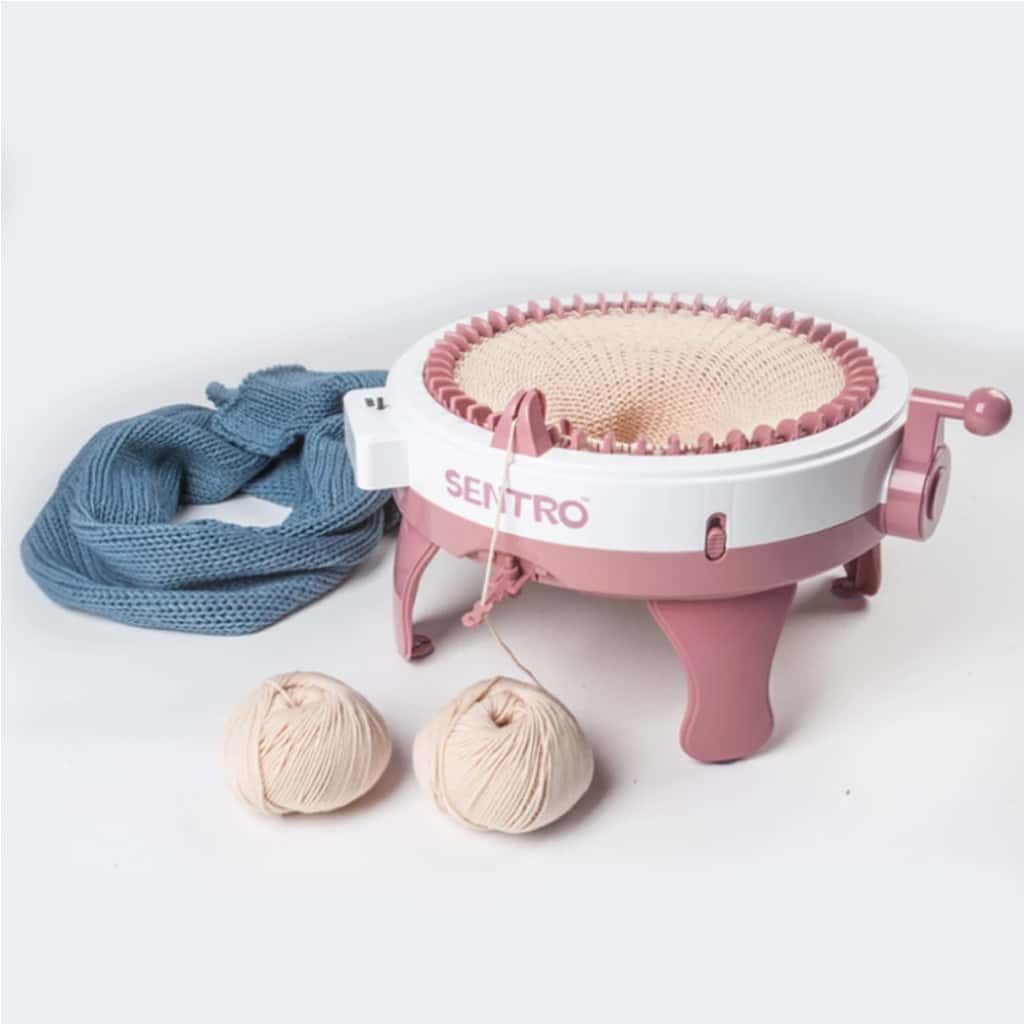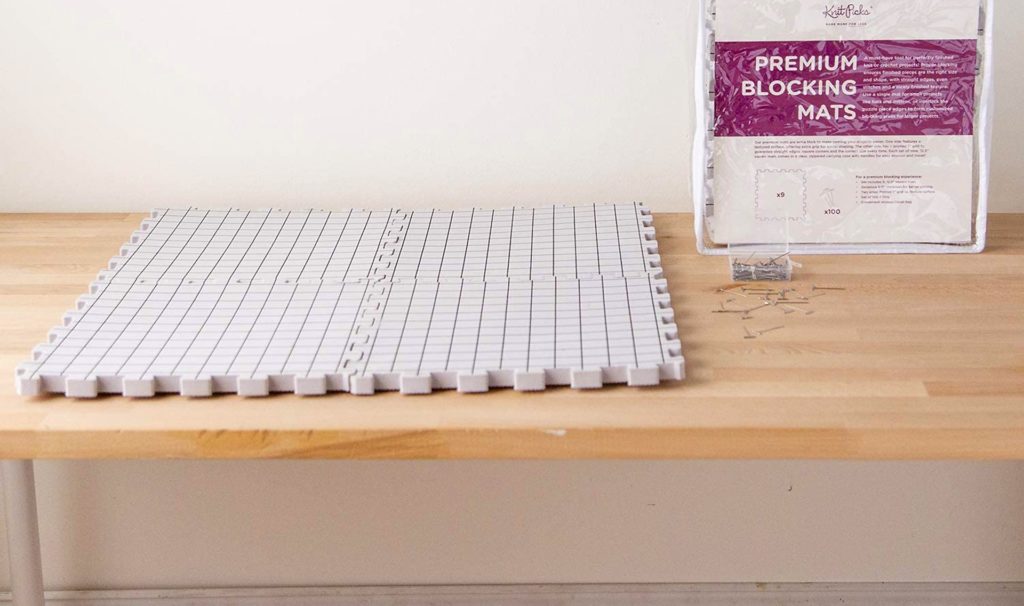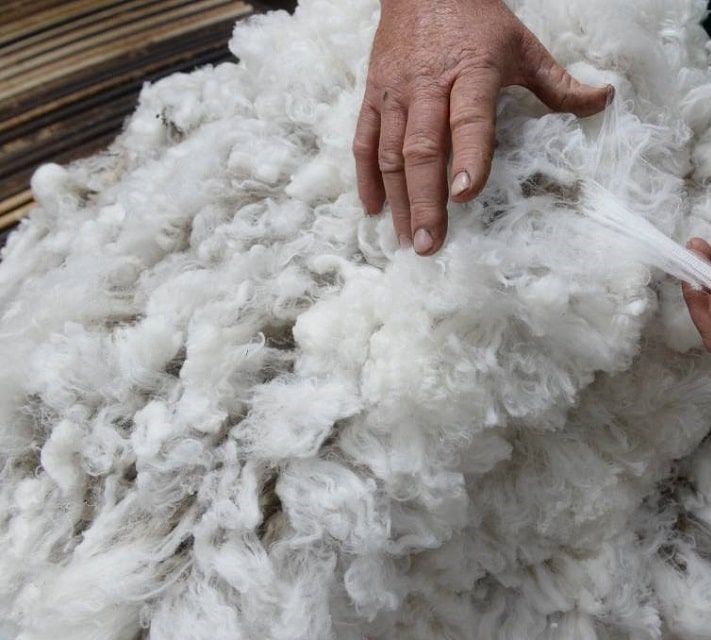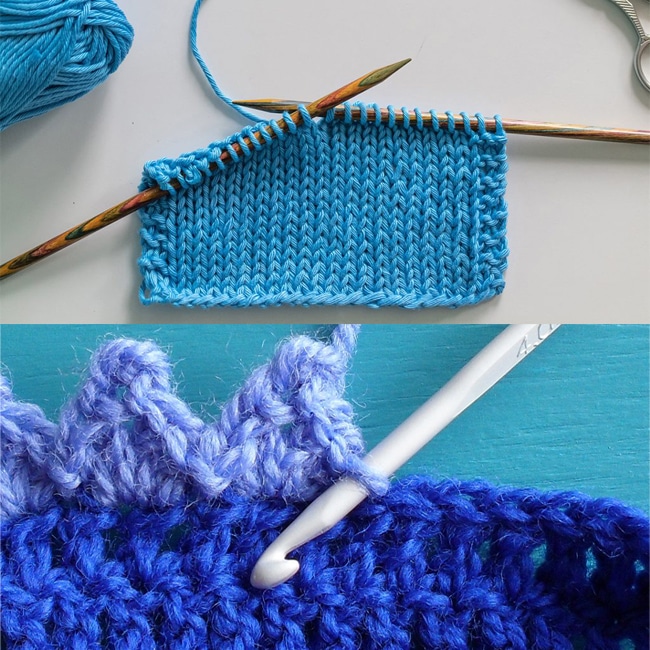

One of the main reasons knitting is quite exciting is that there’s always something new to learn. It could be an unusual tool, a new knitting method, or a useful hack; either way, knitting is a beautiful journey of self-discovery. We recently tried out continental knitting, and while it has a reputation for having complicated hand movements, we realized that it is relatively easy.
Once you master the art of this knitting method, you can go through stitches at high speeds, and isn’t that all we want? The continental knitting method may be difficult at first, but the learning process is very interesting. Here’s a complete guide to this knitting method, complete with everything you need to get started!
Continental knitting style is also known as left-handed continental knitting or left-handed European knitting. Contrary to what you may think, this knitting method is not specific to left-handed people, and anyone can hack it. The main aspect that sets it apart from other knitting methods is how you work through the stitches and hold the yarn.
When using the continental knitting method, you have to hold the yarn with your left hand. This is also why those that are used to English knitting have a hard time learning this knitting style. You’re probably wondering, “does continental knitting change the look of the stitches due to the difference in hand movements?” No. The pattern will still look the same, but there are several benefits of using continental knitting. Keep reading to find out!
Some knitters will fiercely stick to one knitting style because they’re most comfortable with it, but where’s the fun in that? The beauty of knitting lies in trying out new things! We were also skeptical when we started learning continental style knitting, but we quickly realized that it wasn’t as difficult as people claim it is.
Some of the differences between this knitting method and English knitting include:
In a nutshell;
English Knitting
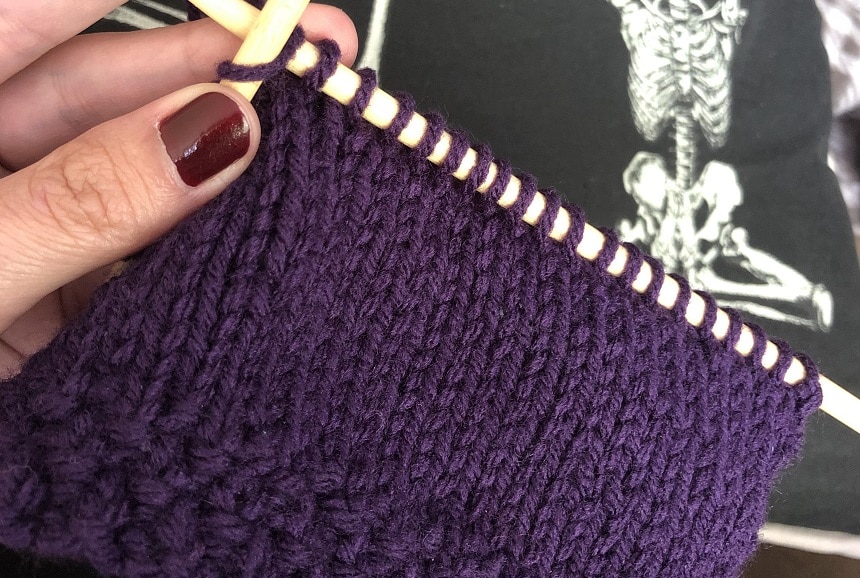 You hold the yarn in your right hand.
You hold the yarn in your right hand.Continental Knitting
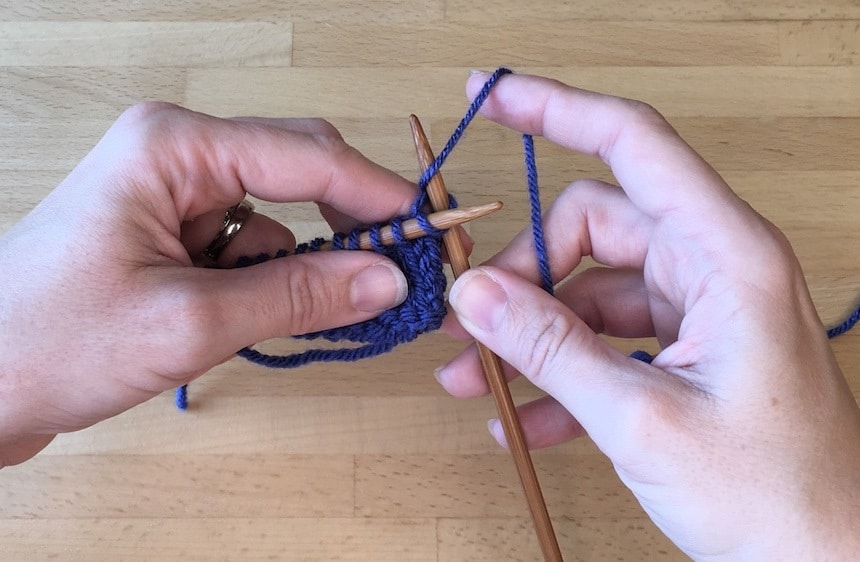 You have to hold the yarn in your left hand.
You have to hold the yarn in your left hand.Both styles may be different, but they produce the same results.
The main benefit of this style is that some knitting methods are particularly best suited for continental knitting. Other benefits of this knitting method include:
We also noticed that continental knitting;
Studies have also shown Trusted Source The knitting community-based trial for older women with osteoarthritis of the hands: design and rationale of a randomized controlled trial The prevalence of hand osteoarthritis (HOA) has been reported to be higher amongst women over 50 years old (66%) compared to men of the same age (34%). Although exercise therapy has been shown effective in reducing symptoms and disability associated with HOA, adherence to treatment programs remains low. www.ncbi.nlm.nih.gov that the active hand exercises of stitching actively reduce morning pains in arthritis patients.
Here’s how to do continental knitting for beginners step by step:
For this exercise, you’ll need 2 things:
As a beginner, you may not think that choosing the best knitting needles is a major decision, but you couldn’t be further from the truth. The needles may accomplish the same task, but there are a lot of varieties to choose from.
There are 5 main types of knitting needles:
Straight needles are great when it comes to items such as scarves or washcloths, but for things such as sweaters, hats, and socks, you’ll need circular needles. According to reviews, the ChiaoGoo Red Lace Circular needle is one of the best as it is made from high-quality stainless steel. It also comes with a flexible multi-strand cable that allows you to slide your yarn easily from one end to the other.
Shopping for knitting supplies can be overwhelming, especially when you’re not sure of what you should buy. When it comes to choosing yarn, you should first consider the item that you’re knitting. For instance, the best yarn for knitting scarves is different from the best baby blanket yarns.
You should also consider factors such as size, color, and materials. If you’re just starting out, you should lean towards medium-worsted weight yarns as they’re easier to work with.
It’s recommended that you set aside a whole afternoon for this exercise to give you ample time to understand it.
There are 3 main options you should try out:
Please note that this hold has a loose gauge, so it’s mostly recommended for tight knitters.
Experiment with these 3 options until you find the one that works best for you, and don’t forget that the working yarn has to be held in your left hand.
This enables you to create a new stitch or loop as you knit and is different for each knitting method. Start by tensioning your yarn to your preference, and then put the tip of the right needle through the first stitch.
Put the yarn around the right needle from right to left and create a loop. Pull it through the stitch, slip it off your needle and catch a new stitch.
Here’s a step-by-step guide on knit stitches using the continental knitting method.
Step 1: Identify your preferred number of stitches and cast them on.
Step 2: tension your yarn but ensure that the working yarn remains in the back.
Step 3: Put your right-hand needle’s tip into your first stitch from left to right on your left-hand needle. Make sure the right-hand needle is in the back.
Step 4: Wrap your yarn around the tip of the right-hand needle using your thumb.
Step 5: draw your working yarn into the first stitch on the left needle and slide the old loop off.
For the continental knitting purl:
Step 1: hold your working yarn in the front and tension it.
Step 2: pull it towards you but in a downwards trajectory.
Step 3: put the tip of your working needle into the first stitch of your left-hand needle.
Step 4: Wrap the yarn over the right-hand knitting needle from under and then put it back down again.
Step 5: draw the new stitch into your old loop.
This method is almost similar to the technique used on knit stitches.
Step 1: Start by making a slip knot with your working yarn and enter your needle through it.
Step 2: slightly tighten the loop and then tension the working yarn. It will be easier if you hold your needle like a knife.
Step 3: put your right-hand needle through the original slip knot on the left needle as if you’re knitting.
Step 4: use your index finger to wrap your working yarn around the tip of the right needle from left to right.
Step 5: pull out the new strict so that each needle has one stitch. Make sure your needles are crossed.
Step 6: put your left needle to the right-side stitch on your right-hand needle.
Repeat this process until you have your desired stitches.
If you’re casting using circular needles, the process will be similar to that of straight needles above, only that you should ensure your stitches are loose. This will make it easy for them to slide over the needles and chords.
According to Forbes Trusted Source Knitting Has Become The Cool Activity During The Coronavirus Crisis With time on their hands and anxiety rising, people – men, women and children – are turning to knitting. Experts agree that knitting is a great stress reducer, focusing your attention on the task at hand and resulting in something tangible you can be proud of. www.forbes.com , knitting is now a cool activity, and more people are trying it out. Whether you’re trying to make things exciting by adding a new knitting style to your skills or are looking to completely change your knitting technique, continental knitting is the way to go.
This knitting method is quicker, makes it easy for you to crochet and fine-tune your gauge. Unlike the English knitting method, the working yarn has to be on your left hand, which can throw you off, but knitting felt more natural once we got the hang of it.

